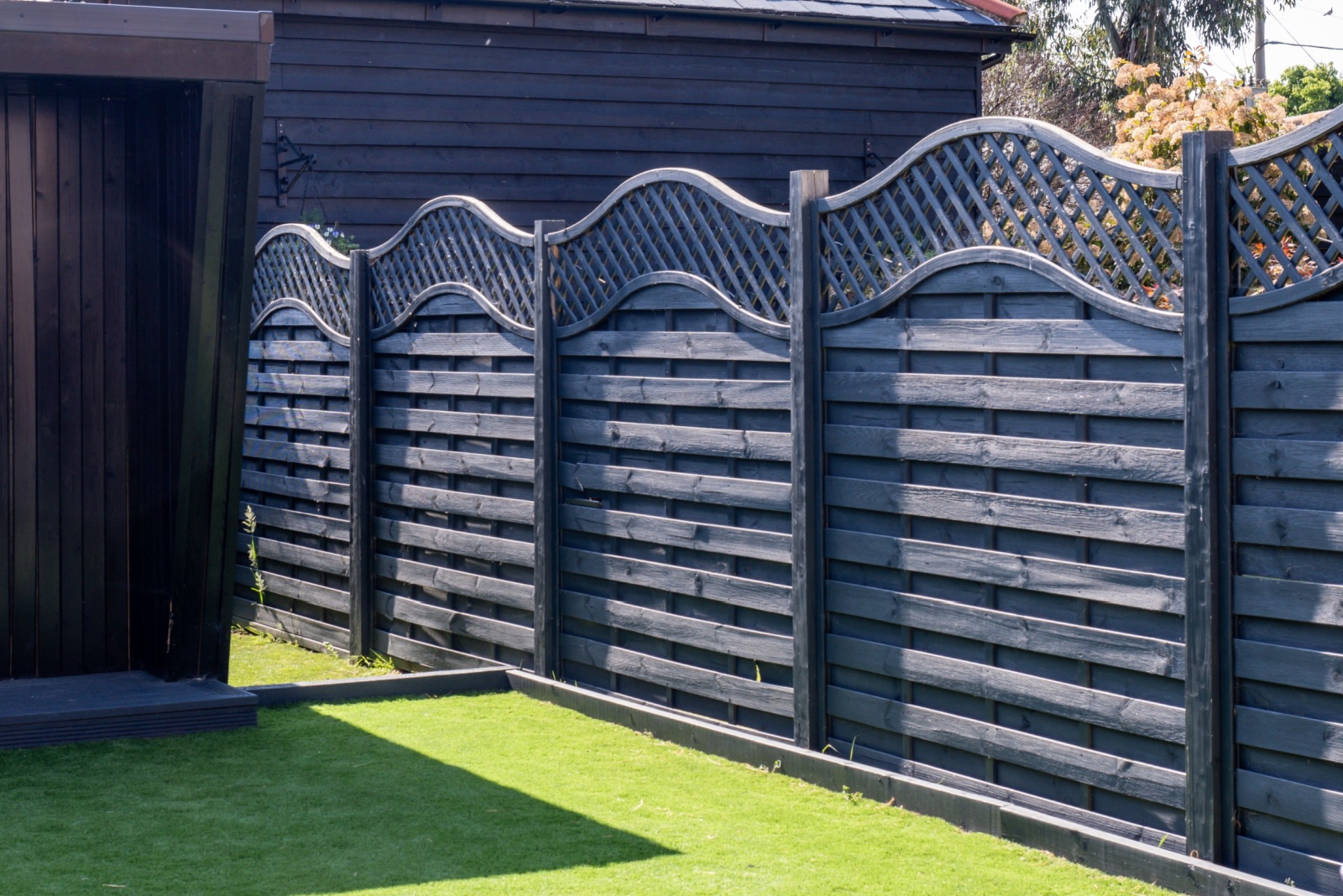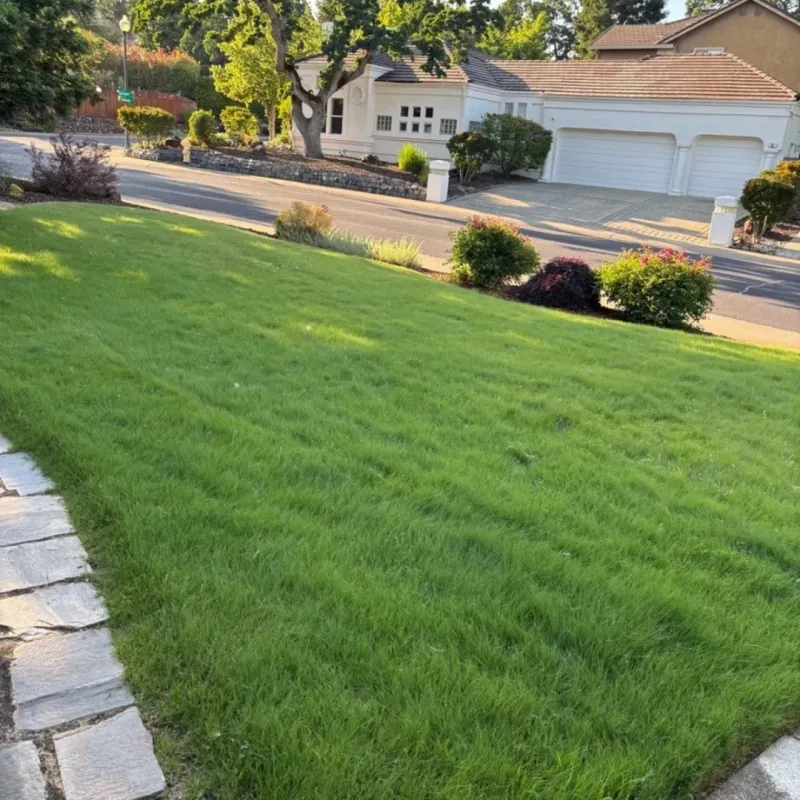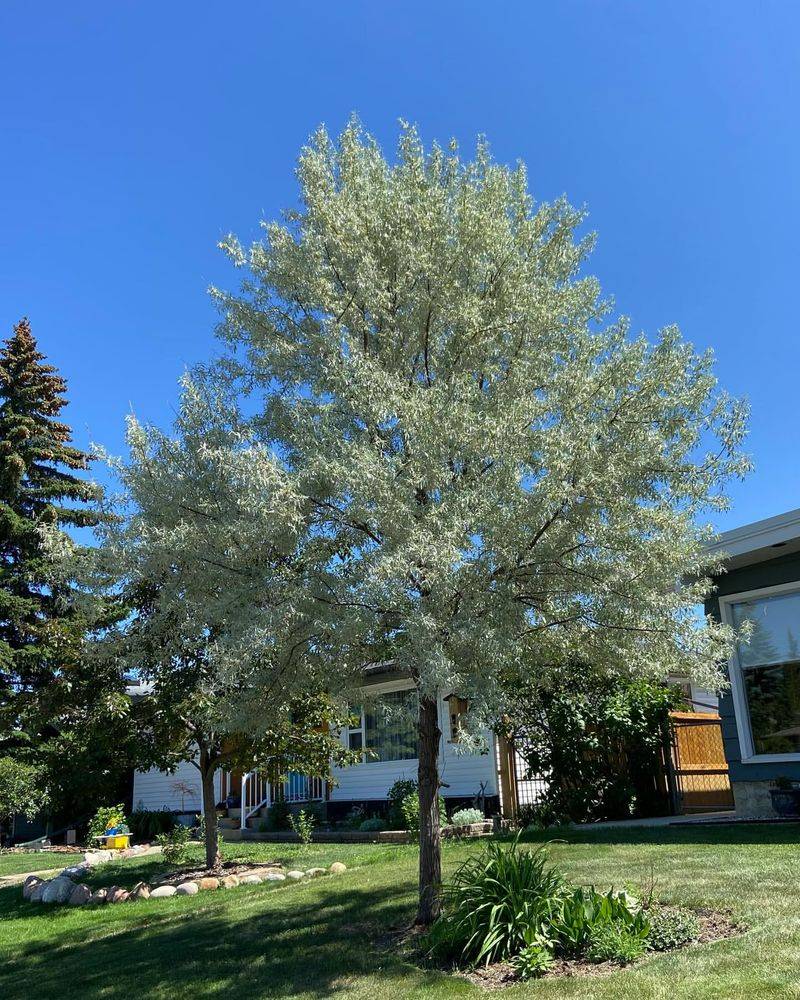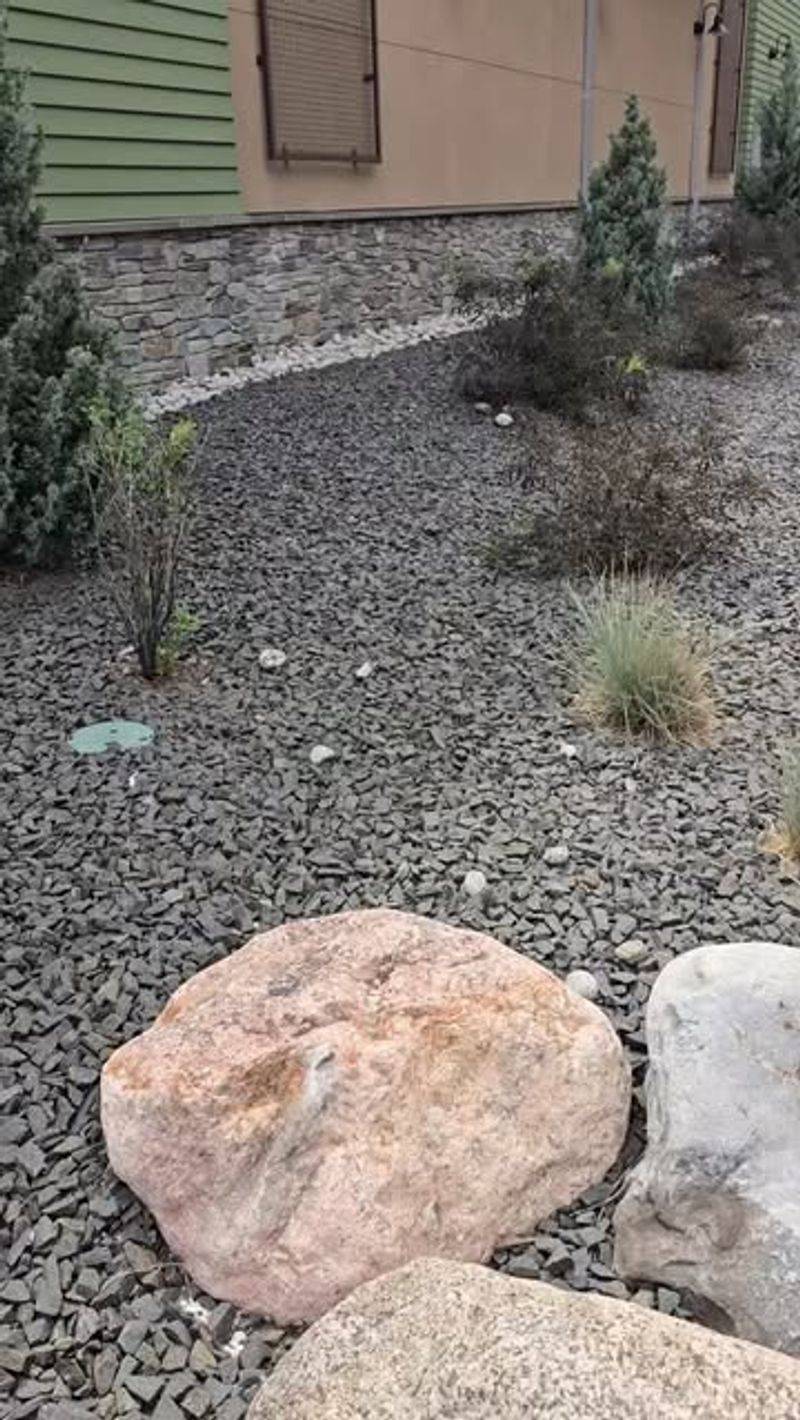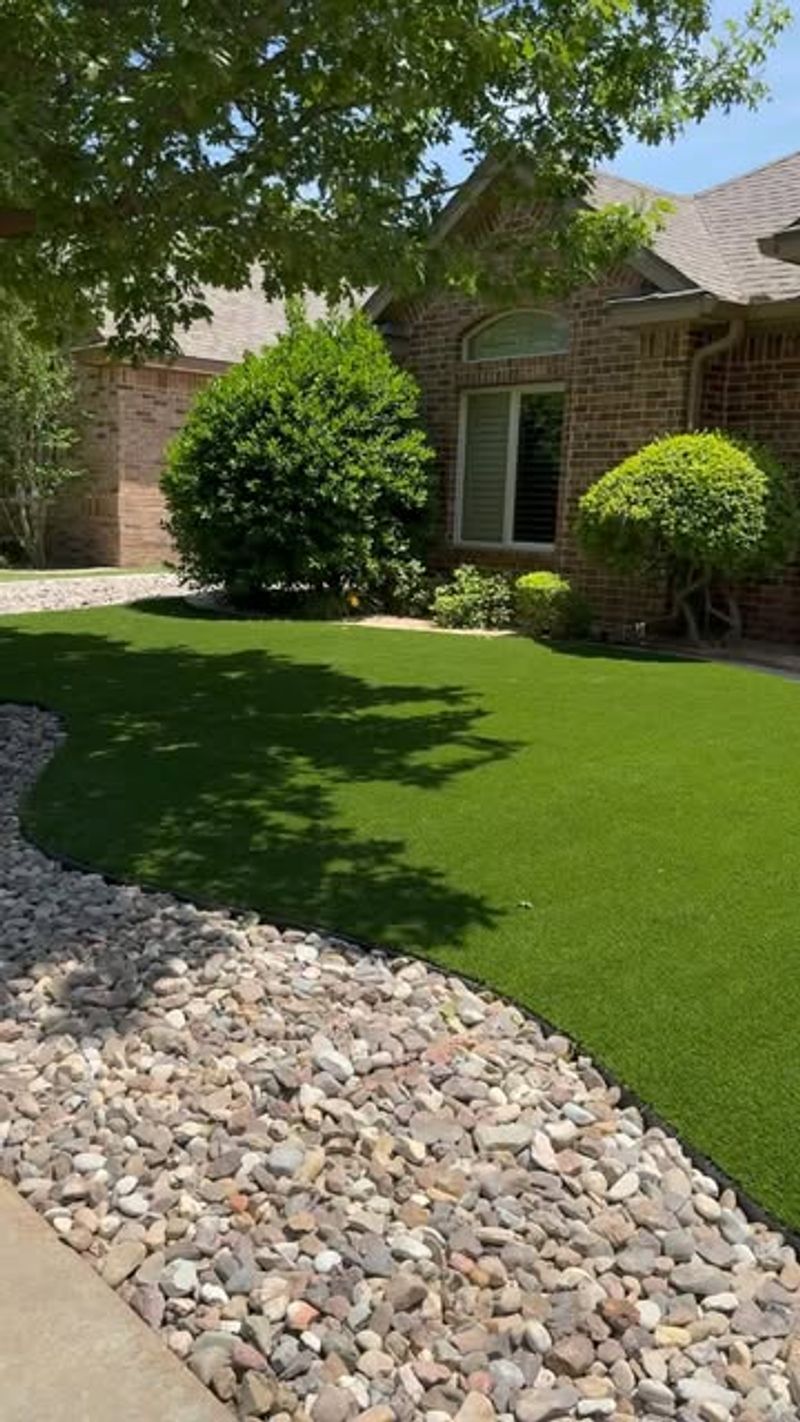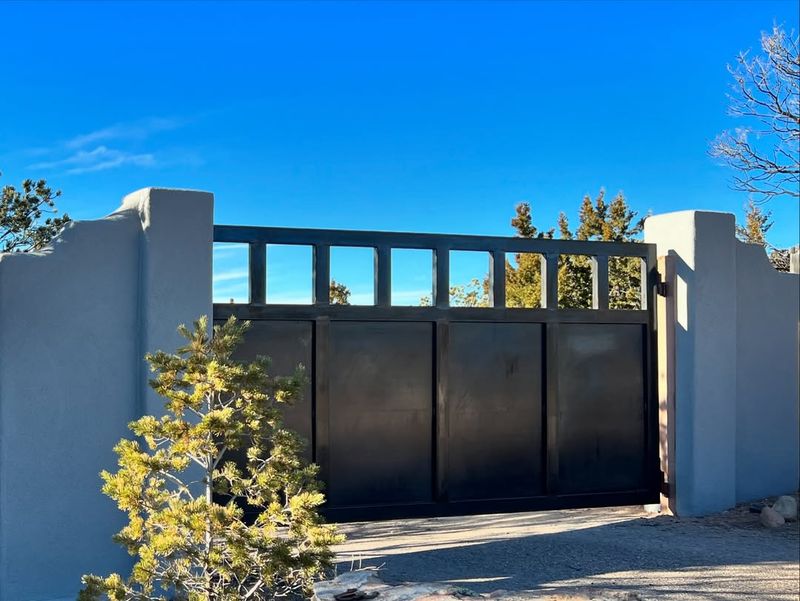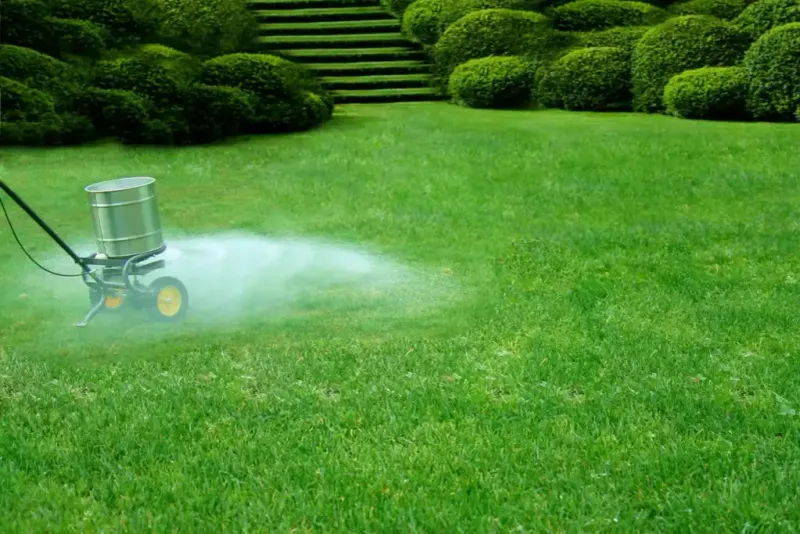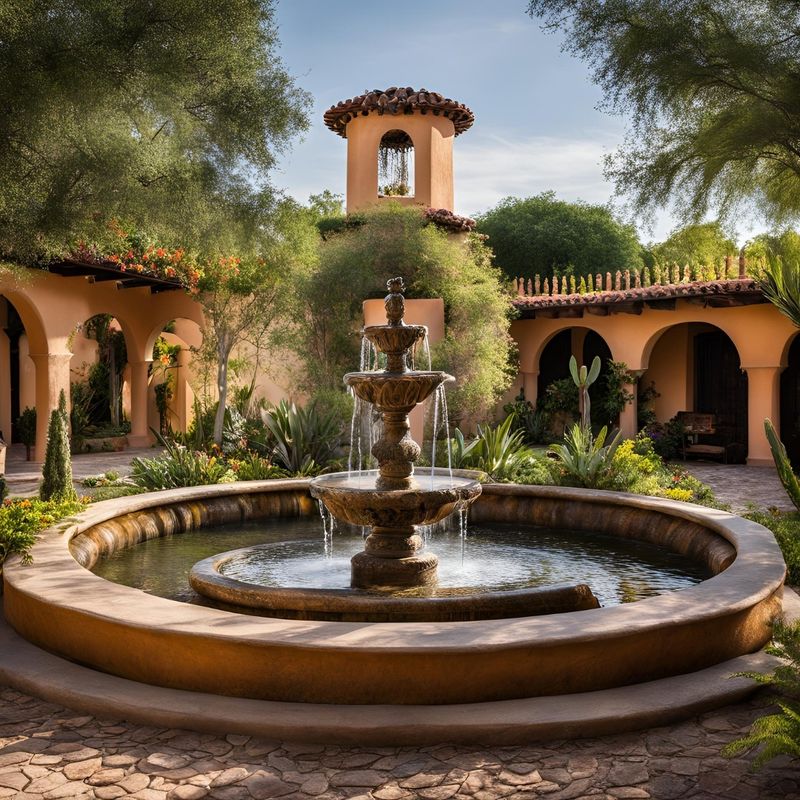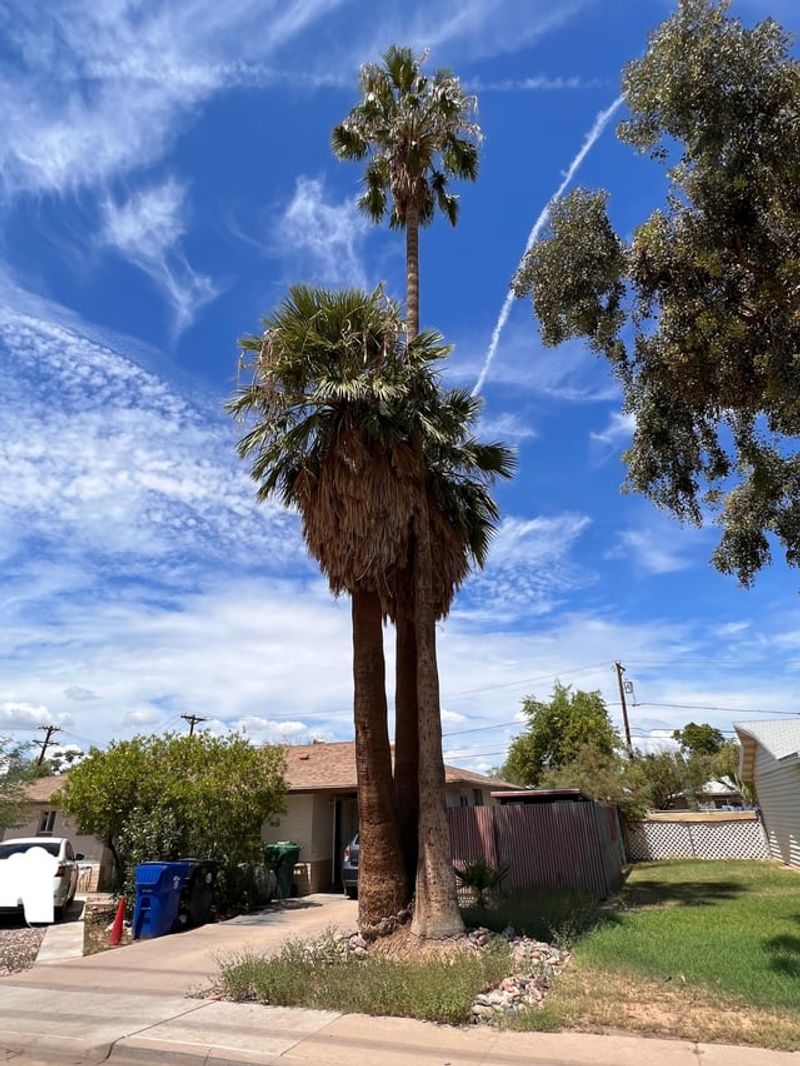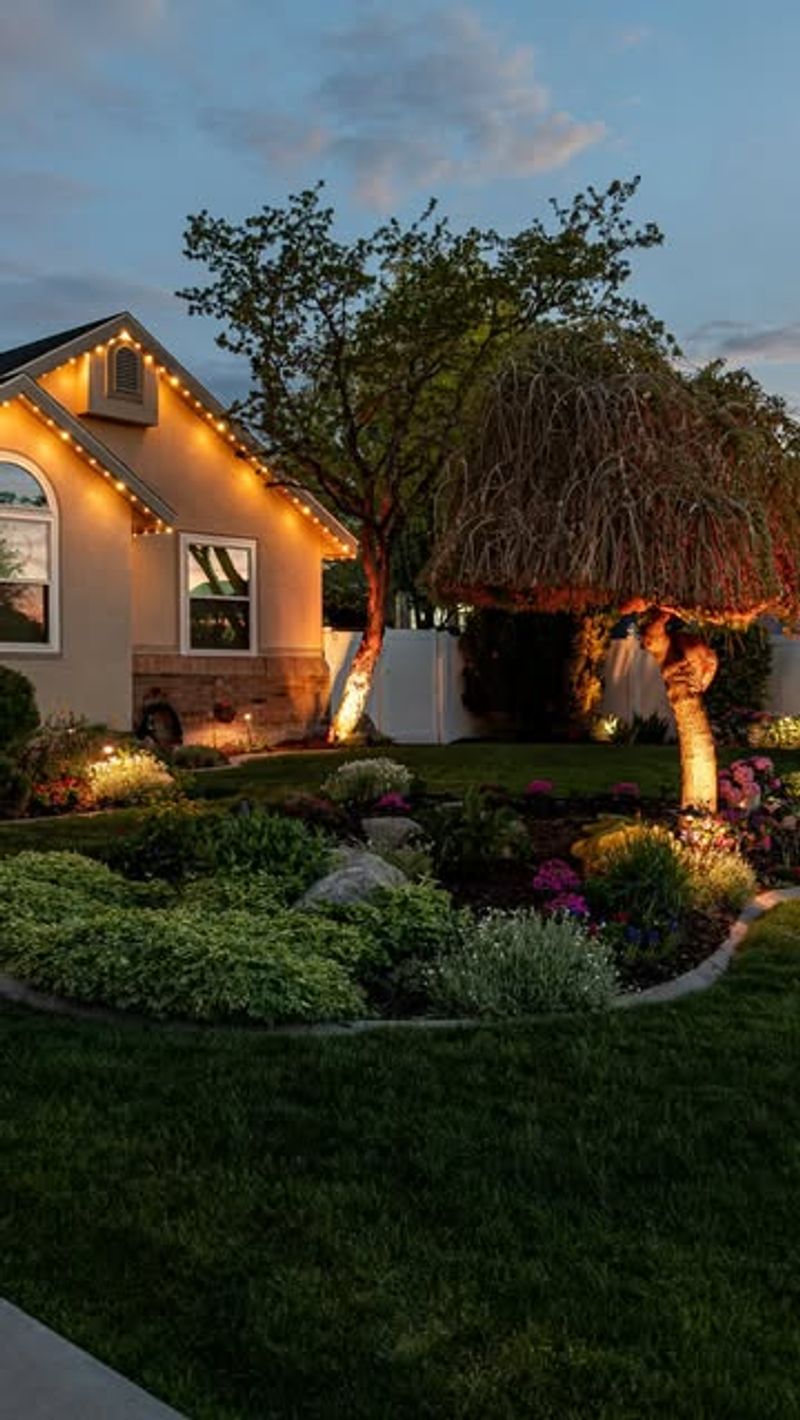Across New Mexico, homeowners are discovering that some longtime yard staples are falling out of favor with local authorities.
As the state grapples with water scarcity, invasive species concerns, and changing environmental priorities, 9 common landscaping elements are increasingly facing restrictions or outright bans.
Understanding these changing regulations can help you avoid costly mistakes and keep your property in compliance with neighborhood guidelines.
1. Water-Hungry Grass Lawns
Traditional bluegrass lawns consume enormous amounts of water in New Mexico’s arid climate. Many municipalities are now limiting lawn sizes to 20% of total yard space or less.
A neighbor of mine recently received a notice requiring removal of his front lawn after water restriction measures tightened in Santa Fe. The fine would have been $500!
Native grasses like buffalo grass and blue grama offer drought-resistant alternatives that satisfy both regulations and the desire for green space without excessive water usage.
2. Invasive Plant Species
Russian olive and tamarisk trees were once popular choices for New Mexico landscapes. Now they’re recognized as aggressive invaders that crowd out native species and alter ecosystems.
Walking through Albuquerque neighborhoods, I’ve noticed crews removing these once-common trees from yards and public spaces. State officials actively encourage their removal.
Homeowners caught planting these prohibited species may face removal orders and restoration requirements, making it essential to check the New Mexico invasive species list before planting.
3. Excessive Rock Ground Cover
Large areas of decorative gravel might seem like a smart water-saving choice. However, several New Mexico communities are limiting rock coverage due to heat island effects that raise neighborhood temperatures.
The rocks absorb sunlight during our intense summer days and radiate heat well into the evening. My own temperature readings showed a 15-degree difference between rock-covered areas and vegetated spaces!
New regulations often require at least 25% living ground cover even in xeriscaped yards, balancing water conservation with temperature management.
4. Artificial Turf Installation
Surprisingly, artificial turf faces growing restrictions across New Mexico neighborhoods. While it saves water, synthetic grass can reach dangerous surface temperatures exceeding 150°F during summer months.
The material also prevents natural water absorption and creates microplastic pollution as it deteriorates. When I touched my friend’s artificial lawn in Las Cruces last July, it was hot enough to cause minor burns!
Newer regulations specify maximum coverage percentages and require permeable underlayment systems to allow proper drainage while minimizing environmental impacts.
5. Tall Privacy Fences
Fence height restrictions are becoming more common throughout New Mexico communities. Many municipalities now cap front yard fences at 3 feet and backyard barriers at 6 feet maximum.
The reasoning includes wildlife corridor preservation, especially in areas bordering natural landscapes. Last year, a family in my Rio Rancho neighborhood had to reduce their 8-foot fence after multiple complaints.
Some areas also require wildlife-friendly designs with periodic openings at ground level to allow for natural animal movement patterns while still maintaining property boundaries.
6. Chemical Pesticides And Fertilizers
Chemical lawn treatments face increasing scrutiny in New Mexico where groundwater contamination concerns are paramount. Several communities now restrict or ban certain compounds entirely.
The list of prohibited chemicals grows yearly, with neonicotinoids and glyphosate-based products facing the strictest limitations due to their impacts on bees and water quality. I’ve switched entirely to organic methods after learning about these risks.
Homeowners must now consult local environmental ordinances before applying treatments, with some neighborhoods requiring organic certification for lawn care companies operating within their boundaries.
7. Large Ornamental Water Features
Decorative ponds and fountains face strict limitations in many New Mexico communities as water conservation becomes increasingly critical. Some areas now cap water features at 10 square feet or prohibit them entirely.
Evaporation rates in our dry climate mean even modest fountains can waste hundreds of gallons monthly. The Santa Fe water authority recently documented that decorative water features account for nearly 5% of residential water usage!
Regulations typically focus on recirculating systems, mandatory covers, and size limitations rather than complete prohibition, allowing for smaller, more efficient designs.
8. Non-Native Palm Trees
Those iconic palm trees that dot many New Mexico landscapes are increasingly falling out of favor with local authorities. Despite their popularity, most palms are extraordinarily thirsty plants unsuited to our desert environment.
Mexican fan palms can consume up to 300 gallons of water weekly during summer months! After moving to Las Cruces, I was shocked to learn my two palms used more water than all my other landscaping combined.
Several communities now prohibit new palm installations and some offer rebates for removing existing ones, encouraging replacement with native trees like desert willow or piñon pine.
9. Outdoor Lighting Excess
Bright yard lights are facing increasing regulation across New Mexico, particularly in communities near observatories or wildlife corridors. Light pollution disrupts both astronomical research and nocturnal animal behavior.
New ordinances typically require downward-facing fixtures, motion sensors, and lower-intensity bulbs. The transformation in night sky visibility after my Taos neighborhood implemented these standards was truly remarkable!
Homeowners often have 1-3 years to bring existing lighting into compliance, with special emphasis on removing high-kelvin blue-white lights that cause the most significant disruption to wildlife and stargazing.

